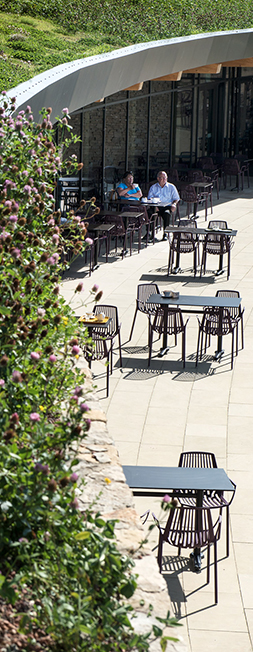HOW TO QUALIFY AS AN ARCHITECT

RIBA Part 1
RIBA Part 1 involves studying a university undergraduate degree (e.g. BA or BSc) over three to four years full time.
Stage 1 practical experience/year out
Stage 1 practical experience is highly recommended post Part 1 studies, and is typically one year in duration.

RIBA Part 2
Part 2 will provide you with enhanced architectural knowledge and project complexity. It is usually completed in the form of a two year full time university degree.
Stage 2 practical experience
Further practical experience. 24 months of experience in total is required to sit the Part 3 examination, 12 months post-Part 2 Qualification.

RIBA Part 3
Final qualifying examination. One year in duration, or longer, and undertaken parallel to working in practice.
Register as an Architect
Having gained the Parts 1, 2 and 3 qualifications you can register as an architect with the Architects Registration Board (ARB).

For more information regarding the RIBA Part 1, RIBA Part 2 and RIBA Part 3, please visit the RIBA Website.
ALTERNATIVE ROUTES TO QUALIFICATION
RIBA STUDIO
RIBA Studio offers an established, self-study route to qualification for candidates working in architectural practices, who are unable to attend courses in schools of architecture.
PART-TIME STUDY
A number of schools offer part-time RIBA validated courses which can enable students to train in architecture whilst also earning a salary, though it will take longer to qualify via this route. If you are interested in studying on a part-time basis, then you should contact your chosen school of architecture directly, to see if this route is available.
ACCREDITED PRIOR LEARNING (APL) OR ACCREDITED PRIOR EXPERIENTIAL LEARNING (APEL)
Some schools offer entry with advanced standing to applicants with related qualifications, by assessing whether the content of the course they have studied is relevant to architecture. If you are already studying on a different course at a university which has a school of architecture, arrange to speak to the admissions tutor. If you want to start your studies again somewhere else, the school may give you some exemptions from parts of their course in recognition of related subjects you have already studied. This is strictly at the discretion of the school of architecture concerned.
MATURE STUDENTS
Even if you don’t possess the usual admissions requirements in terms of qualifications, some schools are happy to judge a mature student on other grounds, such as your experience and your portfolio. Some universities and higher education colleges run foundation courses and access courses to enable you to acquire the necessary knowledge and skills, prior to starting a degree course.
OVERSEAS STUDENTS
If you have studied or qualified to be an architect outside the UK, your qualification(s) will need to be assessed for equivalence to the UK Parts 1 and 2 by the Architects Registration Board (ARB). The RIBA recognises ARB recommendations at this stage. You will then be able to progress onto a recognised Part 2 course; or undertake a Part 3 qualification once you have met the required criteria. You should make direct contact with the ARB and course providers to discuss your options.
